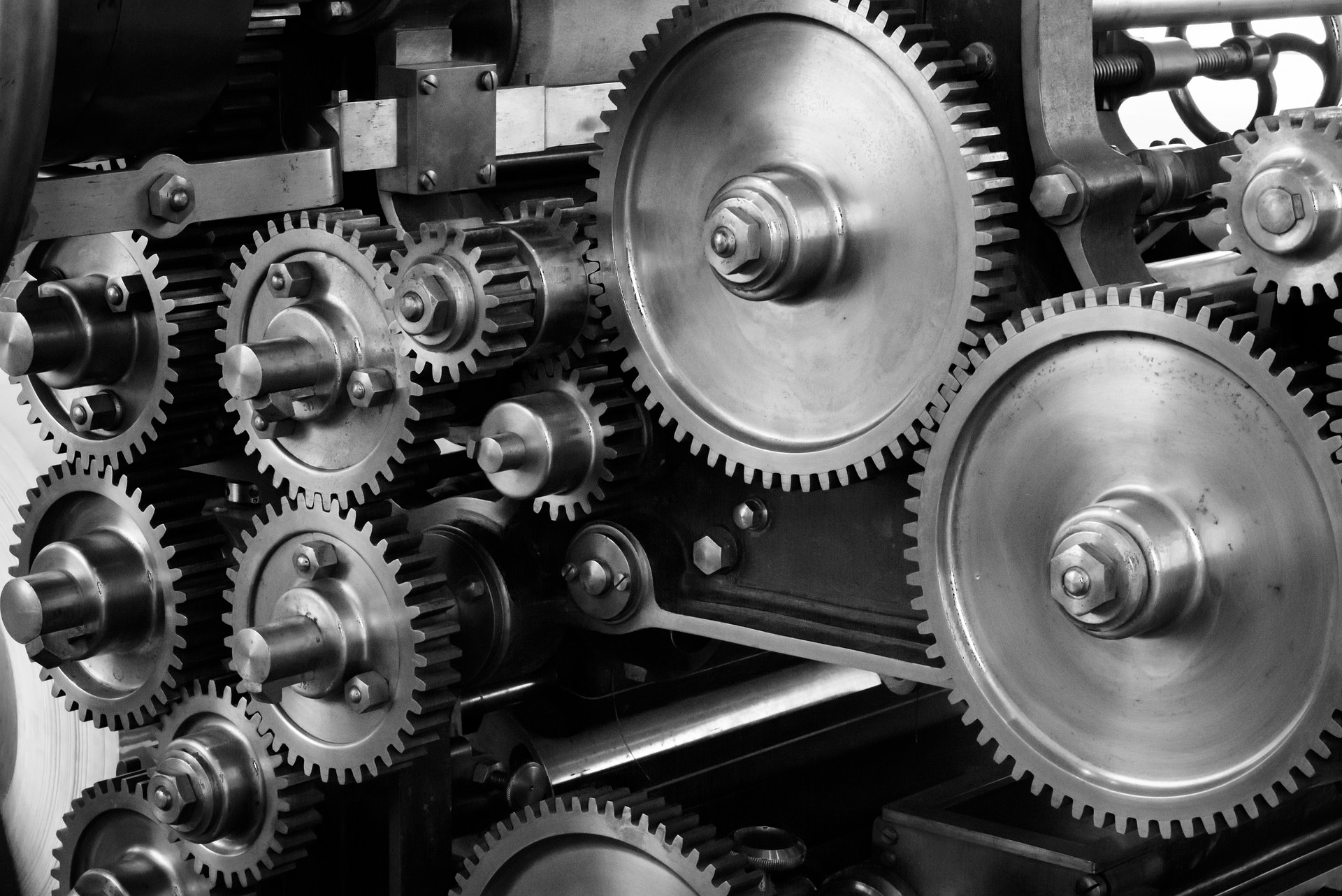Unmasking the Social Dynamics of Face Coverings in the Pandemic Era
In this modern age, a new social phenomenon has emerged, transforming the way we perceive personal space and societal norms. The ubiquitous face mask, a symbol of our collective fight against an unseen enemy, has become an emblem of our times. Read below to delve beneath the surface of this everyday item and explore its profound sociocultural implications.

An Unforeseen Cultural Shift: The Advent of Mask Culture
The face mask, initially a practical response to a global health crisis, has unexpectedly given birth to a new cultural norm. Historically, face coverings were seen in certain cultures for religious or traditional reasons or in medical settings. However, they were not a widespread phenomenon across global societies. As the pandemic swept across the world, governments mandated mask-wearing for public health safety, leading to a sudden global ubiquity of face coverings. This shift was not merely functional; it also triggered an intriguing transformation in societal norms and behaviors.
Masks as Social Signifiers: Decoding Nonverbal Communication
In the pre-pandemic days, facial expressions played a significant role in nonverbal communication. With half the face now obscured, we have been compelled to adapt and redefine our social interactions. The mask has become an unexpected social signifier, allowing us to discern the wearer’s attitudes towards public health, political leanings, and even personal style. Societal acceptance or rejection of masks often reflects the larger narratives and divisions within a society, offering a fascinating glimpse into contemporary social dynamics.
The Mask and Identity: A New Layer of Personal Expression
The mask has also evolved into a medium of personal expression. Far from a sterile, impersonal item, masks are now adorned with colors, patterns, and messages, reflecting the wearer’s personality, beliefs, or affiliations. This phenomenon can be paralleled with the sociological theory of ‘dramaturgy’, where individuals are seen as performers in society, and masks have become a part of their ‘costume’.
The Mask Divide: A Reflection of Social Inequalities
Despite their widespread use, masks have also highlighted social inequalities. Access to quality face coverings is often dictated by socioeconomic status, creating a ‘mask divide’. Moreover, masks have become a tool for discrimination, with certain groups targeted for wearing or not wearing them. This mask-related bias mirrors the systemic prejudices ingrained in our societies, underlining the need for further social reform.
The Future of Masks: A Permanent Cultural Shift?
As the pandemic ebbs and flows, a pressing question emerges: Will masks remain a permanent fixture in our societies? While it’s difficult to predict, it is undeniable that the mask has left an indelible mark on our cultural and social fabric. As we navigate this new normal, we must continue to examine and understand the profound influence of such simple objects on our collective existence.
In conclusion, the humble face mask, a symbol of our times, has become a powerful tool to look into the mirror of our society. Its implications go far beyond health protection, reflecting our behaviors, identities, prejudices, and transformations. While the future of mask culture remains uncertain, its impact on our societal landscape is an intriguing subject of our contemporary narrative.




